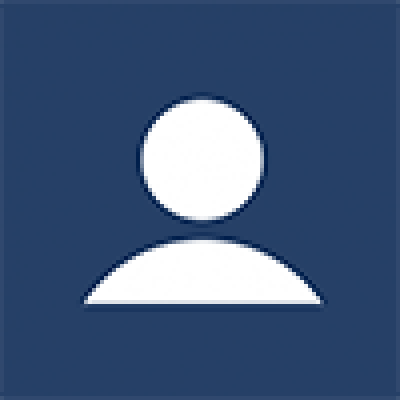Although the vast majority of American parents believe their child is performing at or above grade level, in reality two-thirds of U.S. teenagers are ill-prepared for college when they leave high school.
Why this enormous disconnect? Could it be that test scores signaling that kids are “less than proficient” don’t register with parents because they conflict with the grades on their child’s report card?
Authored by American University’s Seth Gershenson, this study examines how easy or hard it is to get a good grade in high school today and how that’s changed over time. It answers three key questions:
- How frequent and large are discrepancies between report-card grades and state test scores? Do they vary by school demographics?
- To what extent do high school test scores, course grades, GPAs, and attendance align with student performance on college entrance exams?
- How have such alignments and discrepancies changed in recent years?
Utilizing student-level data for all public school students taking Algebra I in North Carolina from 2004–05 through 2015–16 (including course transcripts, state end-of-course exam scores, and ACT scores), the study yielded three key findings:
- Although many students get good grades, few earn top marks on the statewide end-of-course exams for those classes.
- Algebra I end-of-course exam scores predict math ACT scores much better than do class grades.
- During the decade studied, grade inflation worsened in schools attended by affluent students more than in those attended by lower-income pupils.
These alarming findings carry several implications.
Course grades and test scores each have their place. Both grades and test scores provide valuable information because they measure different aspects of student performance and potential.
Yet parents don’t seem to value both equally. When there’s a big difference between what the two measures communicate, parents tend to take test scores less seriously—especially if the scores are low.
Although external exams convey valuable information, educating teachers about high expectations is key. Educators can’t hold students to a high bar if they don’t have a clear vision of what excellence looks like.
Unfortunately, it’s getting harder and harder to assume that an A truly represents excellence. And that’s a real problem for the future of individual kids and the nation they live in. Are we ready to do something about it?


